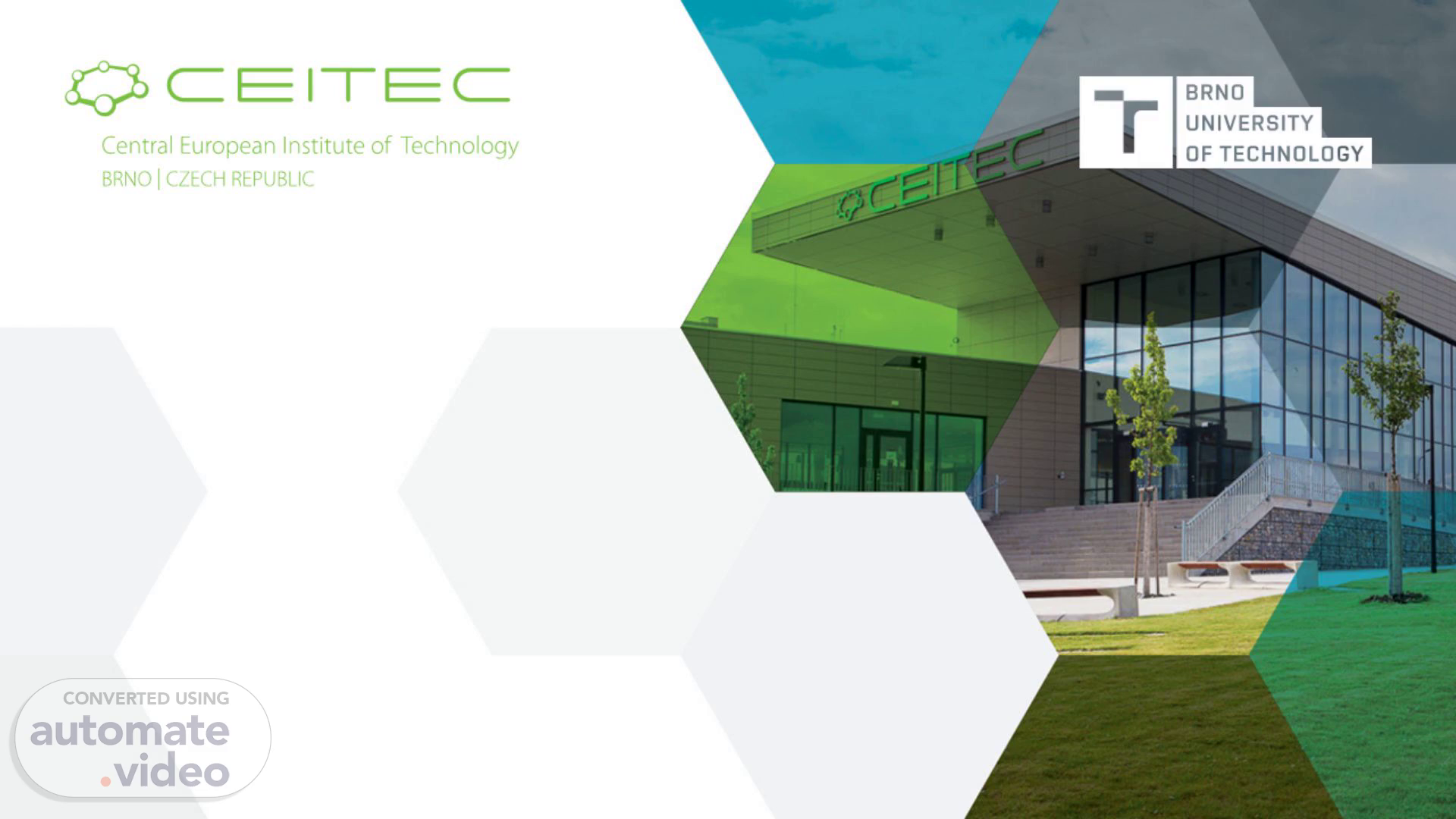Scene 1 (0s)
[Audio] Welcome to this presentation, where we explore the integration of Bismuth Ferrite heterostructures with neuromorphic structures. This session covers theoretical underpinnings, engineering challenges, and practical applications in neuromorphic computing, a field inspired by the workings of the human brain. Presented within the context of the Neuromorphic Structures course at the (CEITEC-B U T), this discussion highlights Bismuth Ferrite's potential for revolutionizing brain-inspired computing..
Scene 2 (31s)
[Audio] This presentation will take you on a comprehensive journey exploring the connection between Bismuth Ferrite heterostructures and neuromorphic computing. We'll begin with an overview of Bismuth Ferrite₃ properties, delve into neuromorphic engineering fundamentals, explore theoretical connections, examine engineering considerations, and highlight practical applications within neuromorphic systems. This structure ensures a deep understanding of Bismuth Ferrite's impact and potential in brain-inspired computing..
Scene 3 (1m 5s)
[Audio] Bismuth Ferrite serves as a cornerstone material for neuromorphic applications due to its unique multiferroic properties, which combine ferroelectric and antiferromagnetic orders at room temperature. Its perovskite structure supports diverse heterostructure formation, providing compatibility with other materials and enabling customizable functionalities. One of its most promising attributes is resistive switching behavior, which emulates the synaptic plasticity found in biological neural networks, making Bismuth Ferrite a valuable component in neuromorphic system design..
Scene 4 (1m 43s)
[Audio] Neuromorphic engineering seeks to create computing systems inspired by the human brain's structure and function. Unlike traditional computing, which relies on rigid logic gates, neuromorphic devices emphasize learning, adaptability, and efficient information processing through spiking neural networks. Key principles include synaptic plasticity, which mimics changes in the strength of connections between neurons, as well as neuronal signaling and complex network models that reflect biological neural interactions. This approach enables systems that can learn and adapt in a manner more akin to natural intelligence..
Scene 5 (2m 23s)
[Audio] The connection between Bismuth Ferrite heterostructures and neuromorphic computing lies in its unique physical properties that mimic aspects of neural systems. Multiferroic coupling allows electric and magnetic field interactions, offering precise control over synaptic weights, akin to the brain's synaptic plasticity. Bismuth Ferrite also exhibits resistive switching, enabling analog-like potentiation and depression behaviors. This analog behavior emulation is critical for creating brain-inspired computing systems that adapt, learn, and process information more naturally than conventional digital systems..
Scene 6 (3m 4s)
[Audio] Integrating Bismuth Ferrite into neuromorphic devices requires addressing key engineering considerations. Thin-film deposition techniques, such as pulsed laser deposition, are used to ensure the maintenance of Bismuth Ferrite's multiferroic properties, critical for neuromorphic functionalities. Interface engineering plays a vital role in device performance, as carefully optimized interfaces between Bismuth Ferrite and electrode materials enhance stability and reliability. Additionally, ensuring device stability under diverse operational conditions is crucial for long-term neuromorphic computing applications, as it allows consistent and accurate synaptic emulation..
Scene 7 (3m 52s)
[Audio] Bismuth Ferrite heterostructures have emerged as a promising component in practical neuromorphic computing applications. One key application is synaptic emulation, where Bismuth Ferrite-based memristors replicate synaptic potentiation and depression behaviors, essential for learning and memory processes. Moreover, Bismuth Ferrite devices operate at low voltages and exhibit non-volatile behavior, making them highly energy-efficient—an important consideration for large-scale neuromorphic architectures. The ability to combine Bismuth Ferrite with other neuromorphic components paves the way for hybrid systems capable of complex cognitive and adaptive functions..
Scene 8 (4m 40s)
[Audio] To conclude, Bismuth Ferrite heterostructures demonstrate exceptional potential in neuromorphic computing due to their multiferroic properties and resistive switching behavior. These attributes enable Bismuth Ferrite-based devices to excel in synaptic emulation, contributing to neuromorphic systems capable of learning and adaptability akin to biological networks. However, realizing their full potential necessitates addressing key engineering considerations, including ensuring device stability, optimizing interface quality, and utilizing precise fabrication techniques. Continued advancements in these areas will further establish Bismuth Ferrite's role in next-generation computing architectures..
